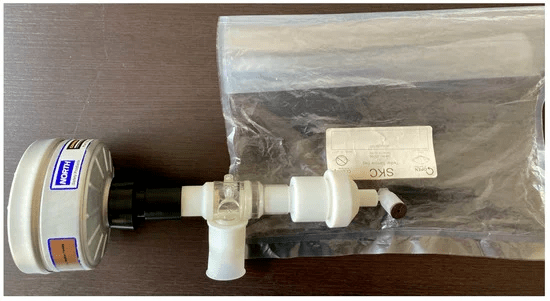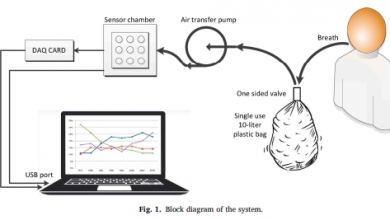Decoding the Language of Smell: A Principal Odor Map Unifies Olfactory Perception Tasks

An innovative research published in the Science Journal brings us a significant step closer to digitizing olfaction. A team of researchers led by Lee et al. has developed a principal odor map (POM) using a graph neural network, providing a comprehensive representation of odor perception hierarchies and distances.
While vision and hearing have well-established maps relating physical properties to perceptual properties, olfaction has lacked such a resource until now. The POM, generated through advanced machine learning techniques, bridges this gap by accurately representing the complex relationship between molecular structure and odor perception.
The POM has demonstrated remarkable success in predicting odor intensity and perceptual similarity, even though these factors were not explicitly included during model training. This innovative approach has resulted in a model that outperforms previous feature sets and even matches the reliability of human descriptions of odor quality.
In a prospective validation set of 400 out-of-sample odorants, the model-generated odor profile aligned more closely with the trained panel mean than the median panelist. This indicates that the POM effectively encodes a generalized map of structure-odor relationships, enabling odor prediction for previously uncharacterized odorants.
By paving the way toward digitizing odors, the POM has the potential to improve various fields, from fragrance and flavor industries to environmental monitoring and medical diagnostics.
Join us at the 7th DOS World Congress for more updates on this development and other advancements in the world of olfaction.



